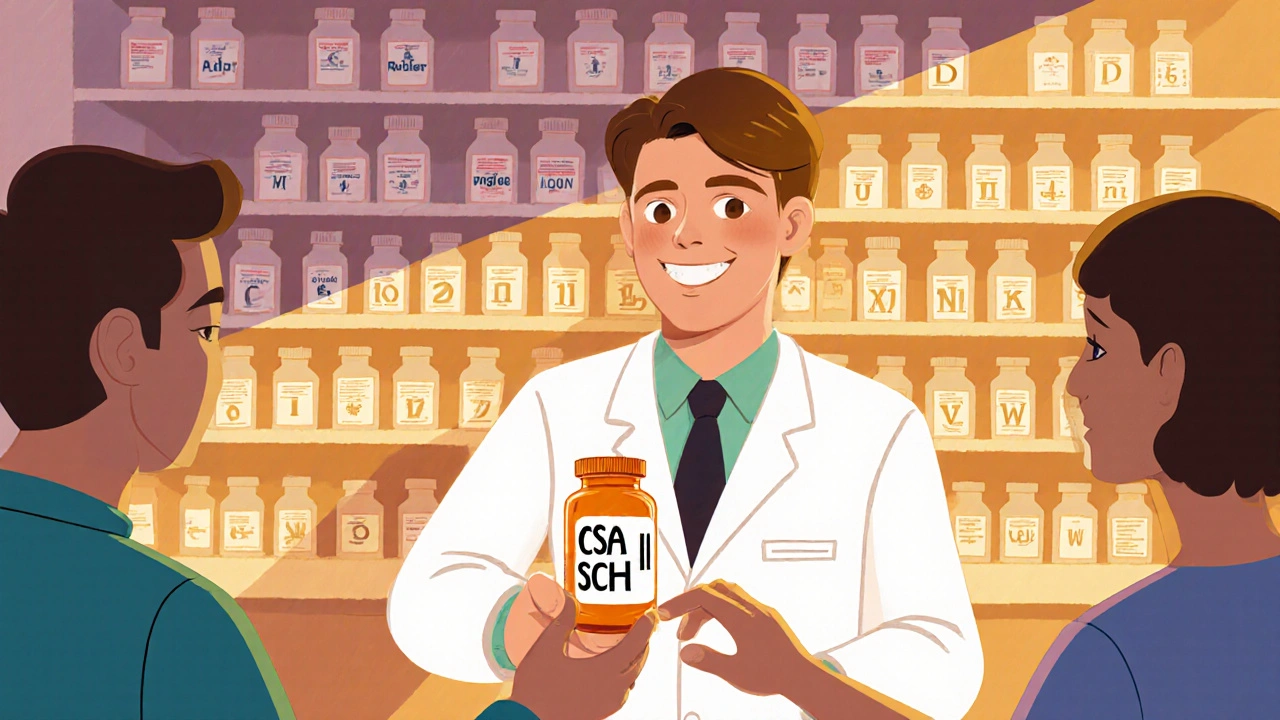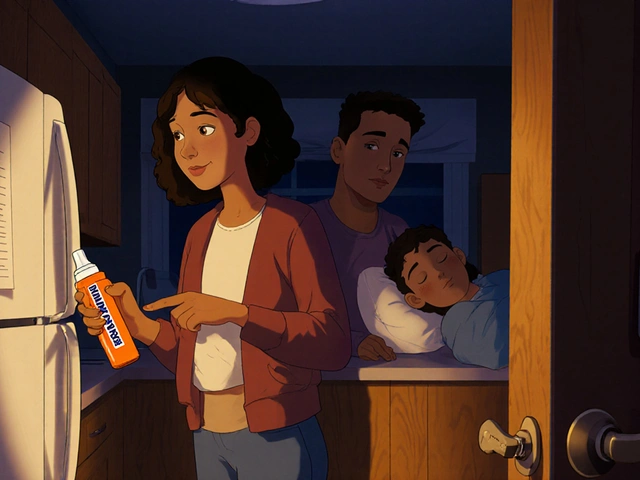Prescription Drug Schedules: What They Mean and How They Affect Your Medication
When you pick up a prescription, the label doesn’t just say what the drug is—it also tells you prescription drug schedules, a federal system that classifies controlled substances based on their medical use and potential for abuse. Also known as DEA drug schedules, this system determines how strictly your doctor can prescribe it, how many refills you’re allowed, and even whether a pharmacy can fill it without a new script. If you’ve ever been told you can’t refill your painkiller early, or that your ADHD medication needs a new prescription every month, you’ve run into this system firsthand.
This isn’t just bureaucracy—it’s a safety net. The Schedule II drugs, a category that includes opioids like oxycodone and stimulants like Adderall, are powerful but carry a high risk of addiction. That’s why they can’t be refilled automatically and require a physical or electronic prescription each time. Meanwhile, Schedule III drugs, like certain painkillers with lower opioid doses or anabolic steroids, have less abuse potential and allow limited refills. Even over-the-counter medicines with codeine fall into these categories, depending on the dose. The Schedule V drugs, the least restricted, include cough syrups with tiny amounts of codeine or antidiarrheals with limited narcotics. These distinctions aren’t random—they’re based on decades of research on dependence, overdose risk, and medical value.
Understanding these schedules helps you ask better questions. If your doctor switches you from one painkiller to another, it might not be about effectiveness—it could be about staying within legal limits. If you’re prescribed a medication that requires frequent visits, it’s not because they don’t trust you—it’s because the law requires it. This system also affects what’s available online. Many sites claiming to sell "prescription drugs" without a script are breaking federal rules by distributing Schedule II or III substances illegally. Even if the product looks real, buying it this way puts you at risk—not just legally, but medically, because you’re missing the doctor’s oversight that keeps these drugs safe.
Behind every prescription you get is a chain of rules designed to balance access and safety. The prescription drug schedules shape everything from how you take your medication to how your pharmacist handles it. In the posts below, you’ll find real-world examples of how these rules impact patients—whether it’s managing chronic pain, avoiding dangerous interactions with blood thinners, or understanding why some drugs can’t be bought without a fresh script every time. You’ll see how naloxone plans tie into opioid scheduling, why certain antipsychotics are restricted in Parkinson’s patients, and how generic versions still follow the same legal controls as brand names. This isn’t just about paperwork—it’s about your health, your rights, and your safety.

Understanding Controlled Substance Labels and Schedule Codes: What You Need to Know
Learn how DEA schedule codes on prescription labels determine refill rules, legal restrictions, and risk levels for controlled substances like opioids, benzodiazepines, and cough syrups. Understand what Schedule II, III, IV, and V really mean for your care.
Categories
- Medications (41)
- Health and Medicine (40)
- Health and Wellness (34)
- Online Pharmacy Guides (15)
- Nutrition and Supplements (7)
- Parenting and Family (3)
- Environment and Conservation (2)
- healthcare (1)
- prescription savings (1)



